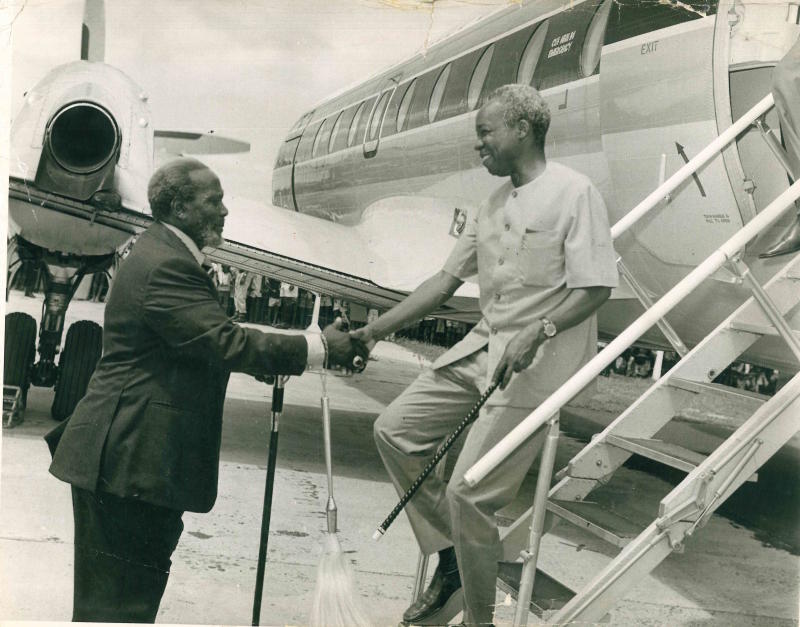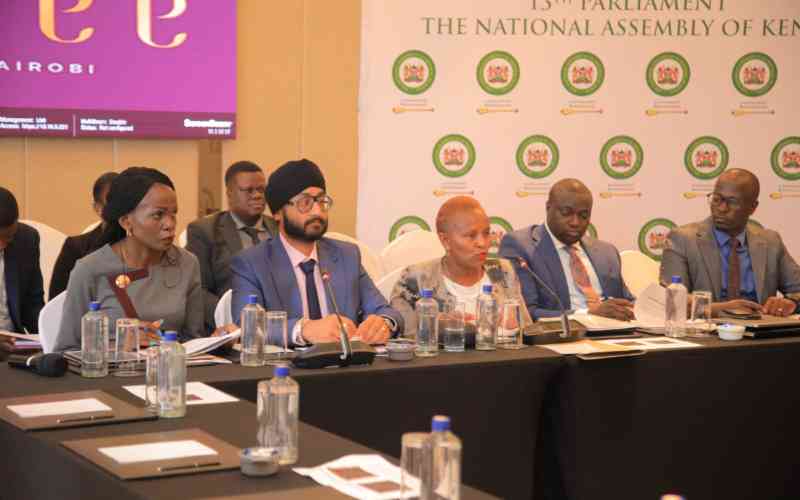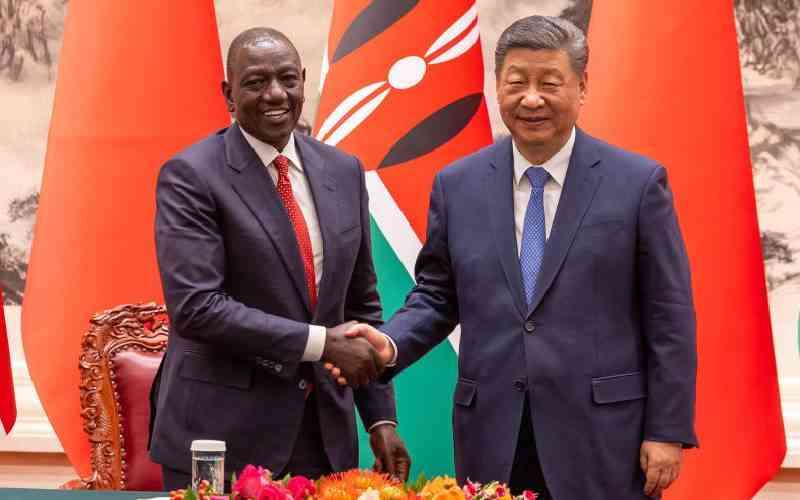×
The Standard e-Paper
Kenya’s Boldest Voice

Long before Dar es Salaam had an iconic Bus Rapid Transit (BRT) that is the envy of her neighbours, it built an airport that was graced more by grazing cows than aircraft.
Those were the days before the dramatic collapse of the East African Community (EAC) in 1977.







